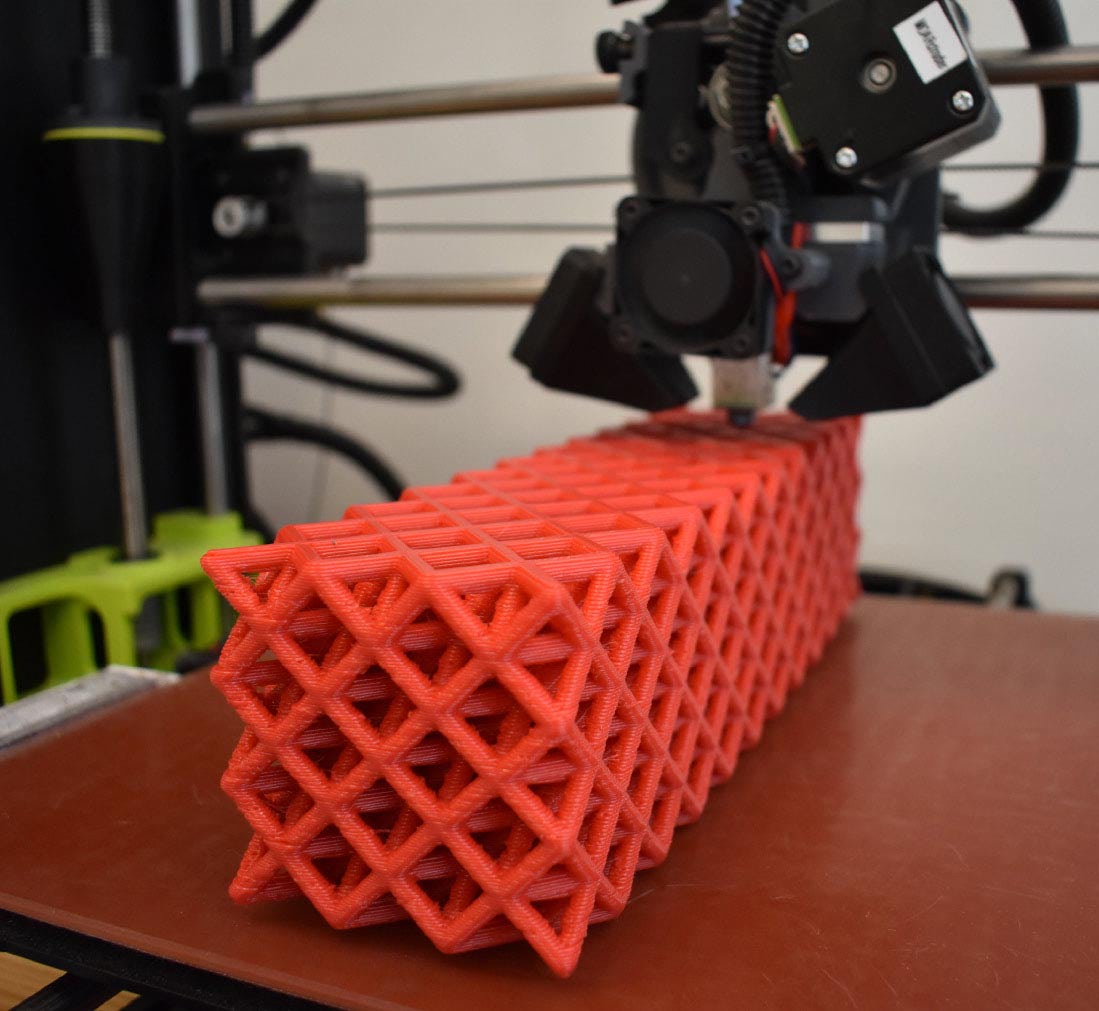Unveiling the Strength: A Deep Dive into the Durability of 3D Printed Plastic
In the realm of additive manufacturing, 3D printing has emerged as a revolutionary technology, transforming everything from product design to medical prosthetics. One of the most commonly used materials in this process is plastic. But just how strong is 3D printed plastic? This article aims to delve into the intricacies of the strength and durability of 3D printed plastic, shedding light on its potential and limitations.
The strength of 3D printed plastic is contingent on several factors, including the type of plastic used, the printing process, and the post-processing techniques applied.
- Type of Plastic:
The most commonly used plastics in 3D printing are ABS (Acrylonitrile Butadiene Styrene) and PLA (Polylactic Acid). ABS is known for its high tensile strength and durability, making it ideal for functional parts and prototypes. On the other hand, PLA, a biodegradable plastic derived from renewable resources, offers less strength but superior print quality and surface finish.
- Printing Process:
The strength of 3D printed plastic also depends on the printing process. Fused Deposition Modeling (FDM), the most common method, involves heating and extruding plastic filament layer by layer to build the object. However, the layer-by-layer process can lead to weak points along the Z-axis, making the printed object less strong in that direction. Other methods like Selective Laser Sintering (SLS) or Stereolithography (SLA) can produce stronger parts as they provide better layer adhesion and fewer weak points.
- Post-Processing Techniques:
Post-processing techniques like annealing can significantly improve the strength of 3D printed plastic. Annealing involves heating the printed part to a specific temperature, allowing the plastic to crystallize and form stronger bonds.
Despite these factors, it's important to note that 3D printed plastic typically doesn't match the strength of traditionally manufactured plastic. The layer-by-layer construction of 3D printing can introduce microscopic flaws and inconsistencies, which can act as stress concentrators and lead to premature failure under load.
However, advancements in technology are continually improving the strength of 3D printed plastic. New materials like carbon fiber-reinforced plastics offer superior strength and stiffness. Additionally, techniques like High-Speed Sintering (HSS) and Continuous Liquid Interface Production (CLIP) are pushing the boundaries of what's possible with 3D printed plastic.
In conclusion, while the strength of 3D printed plastic may not yet match that of traditionally manufactured plastic, its versatility and the rapid advancements in technology make it a promising material for a wide range of applications. As we continue to innovate and push the boundaries of additive manufacturing, the question is not just how strong is 3D printed plastic? but also how can we make it stronger?.
By understanding the factors that influence the strength of 3D printed plastic, we can better harness the potential of this transformative technology, opening up new possibilities in design, manufacturing, and beyond.

Post Comment